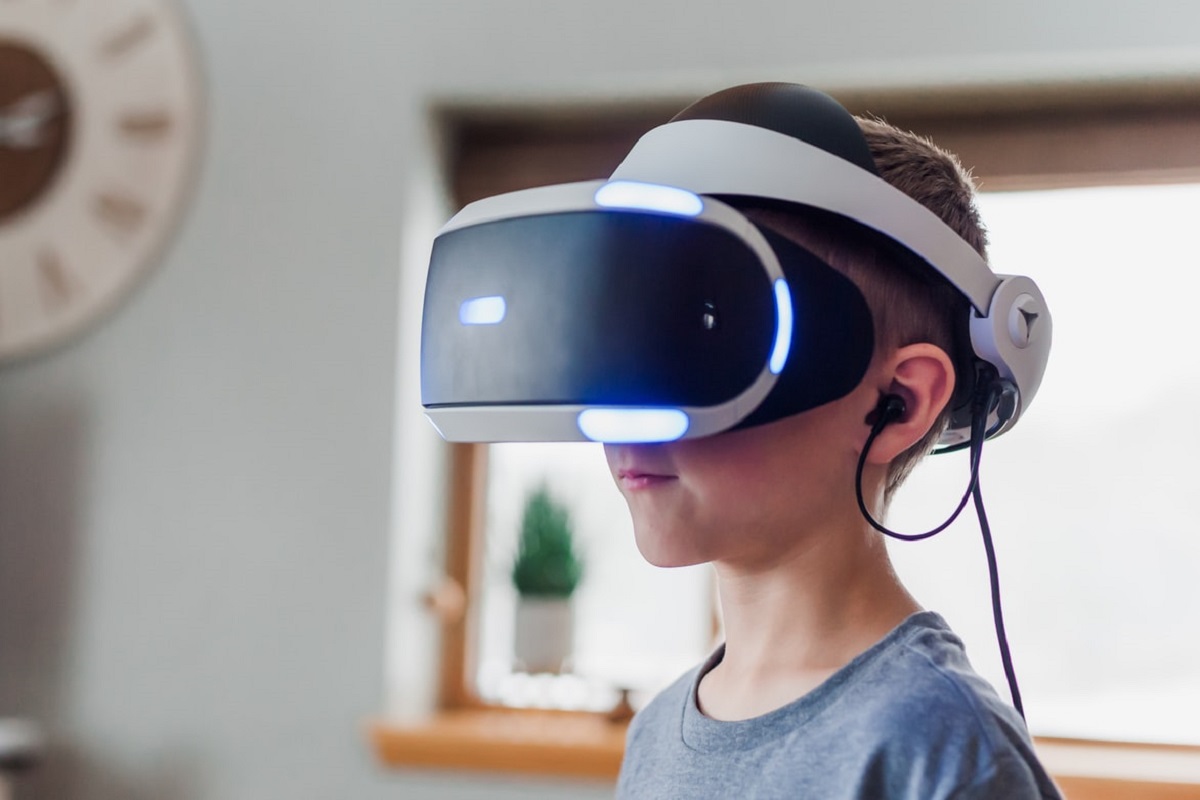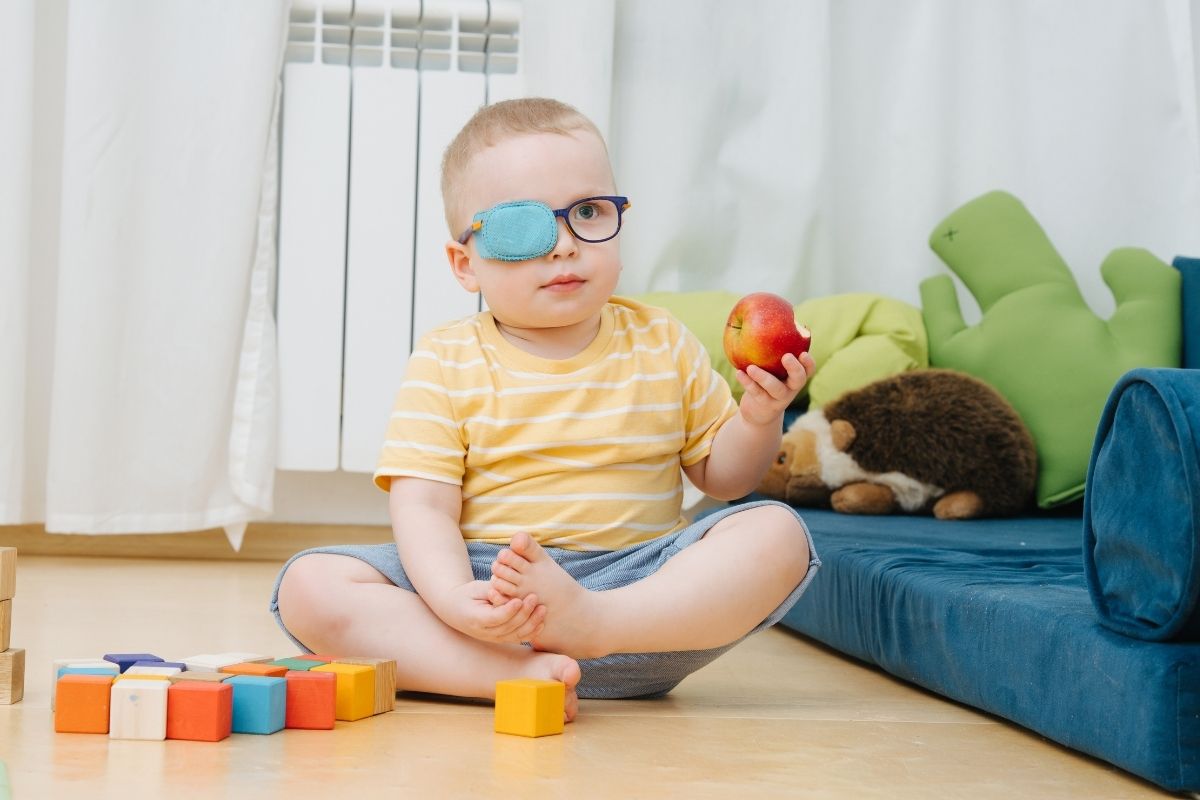Children wear VR headsets to watch modified TV shows and movies to correct visual disorder amblyopia.
The United States Food and Drug Administration has approved new virtual reality technology as a treatment for kids’ lazy eye, also known as visual disorder amblyopia.
The VR tech involves using a headset through which modified video programs are viewed.
The company behind the new virtual reality technology is called Luminopia. “We’re proud to be part of the FDA’s groundbreaking decision today, to approve a first-of-its-kind digital therapeutic that allows patients to watch their favorite TV shows and movies to improve their vision,” said the company’s chief executive officer Scott Xiao in a statement.
Approximately 3 percent of children experience lazy eye. It occurs when there is an issue in the communication between the brain and the eyes. This causes the brain to favor one eye over the other. This leads to vision struggles in the unfavored eye. This is the leading cause of childhood vision problems. Conventional treatment involves using blurring drops or an eye patch to block the stronger eye. This forces the brain to have to depend on the weaker eye to see, improving the communication.

The Luminopia virtual reality technology uses TV and movies to strengthen the weaker eye.
The VR tech uses video watching to train the eyes to work together and to develop the weaker eye. The patients wear a headset to watch a show or movie, watching the images separately through each eye. The images viewed by the stronger eye are displayed in lower contrast. They are displayed with overlays requiring the brain to communicate with both eyes to view them properly.
Children who combine VR therapy and glasses wearing were able to experience greater vision improvements than a similar group of children who wore corrective glasses exclusively through the same clinical trial period. After 12 weeks of therapy which involved viewing one hour of shows per day, six days per week, 62 percent of the children with the virtual reality technology experienced strong vision improvement. In the corrective glasses-only group, only about one in three of the kids experienced similar improvements in the same amount of time.

